Document Q 2015 Edition Bespoke Timber Secure Door-Set Requirements
What is it and what does it apply to?
Document Q 2015 supports the requirement of Schedule 1 to the Building Regulations 2010. It took effect on the 1st of October 2015 for use in England.
It does not apply to work that started before the 1st of October, or work subject to a building notice, full plans application or initial notice submitted before that date provided the work started before the 1st of October 2016.
Document Q applies to all new build homes and includes change of use, for example barn conversions. Document Q does not apply to replacement windows and doors on existing buildings.
Summary
The information in this appendix applies to doors up to 1000m wide and 2000mm high. Additional measures may be necessary for larger doorsets.
Material
- The bespoke security doors should be made from solid wood or laminated timber with a minimum density of 600kg/m3
Dimensions
- Door rails, stiles and muntins should be at least 44m thick. After rebating, frame components should retain at least 32mm of timber.
- Any panel within the doorset should be at least 15mm thick. The panel should be securely held in place. Beading should be mechanically fixed in place and glued in position.
- The smaller dimension of each panel – which can be either the width or height of the panel should be 230mm or less.
Locks, hinges and letter plates
The main doors for entering a dwelling should be fitted with a multipoint locking system that meets the requirements of;
PAS 3621 ( key locking on both sides) or
PAS 8621 ( non-key locking on the internal face) or
PAS 10621 ( non-key locking on the internal face, but with an external locking override facility).
If it is not practical or desirable to install a multipoint locking system, a mortice lock that conforms with one of the following standards can be fitted instead, with a surface –mounted rim lock, the distance should be 400-600mm.
The non-primary doors ( i.e. the back, side or garage interconnecting door ) should be fitted with a multipoint locking system that meets the requirements of;
PAS 3621 ( key locking on both sides), or
PAS 8621 ( non-key locking on the internal face) or
PAS 10621 ( non- key locking on the internal fac, but with an external locking override facility).
If it is not practical or desirable to install a multipoint locking system, a mortice lock that conforms with one of the following standards can be fitted instead, with two morticed bolts.
- BS 3621 (Key locking both sides) or
- BS 8621 (non-key locking on the internal face), or
- BS 10621 ( non-key locking on the internal door face, but with an external locking override facility).
The morticed bolts should have a minimum protection of 20mm, should be at least 100mm from the top and bottom corners of the door, and should avoid any door construction joints.
Hinges accessible from outside should incorporate hinge bolts
Letter plates, where installed should;
- Have a maximum aperture of 260mm x 40mm and
- Incorporate a flap or other features designed to hinder anyone attempting to remove keys with sticks and or insert their hand.
Note; Letter plates meeting the requirements of the Door and Hardware Federation’s (DHF’s) technical specification TS 008 :2012 have been shown to protect against the attacks of mentioned above.
Door Limitation and caller identification
The main doors for entering a dwelling should have a door viewer unless other means exist to see callers, such as a clear glass within the door or a window next to the doorset. The same doorset should have a keylocking door chain or door limiter.
(In some situations a keylocking door chain or limiter might not be appropriate, for example where a warden needs access to sheltered housing. Alternative caller –identification measures such as electronic audio-visual door entry systems can be used to identify visitors.
Glazing
Any glazing which, if broken would permit someone to insert their hand and release the locking device on the inside of the door should be a minimum of class P1A in accordance with BS EN 356:2000. Double or triple –glazed units need to incorporate only one pane of glass-P1A glass.
Click here to read the full Document Q pdf
https://www.gov.uk/government/publications/security-in-dwellings-approved-document-q















